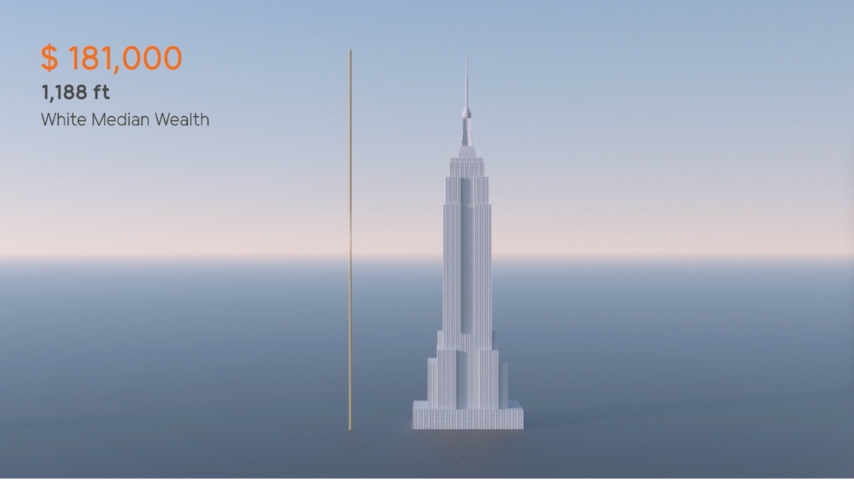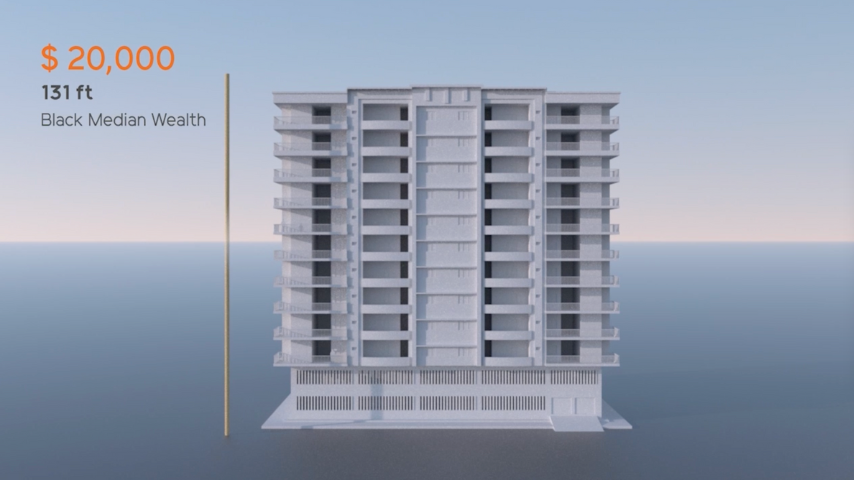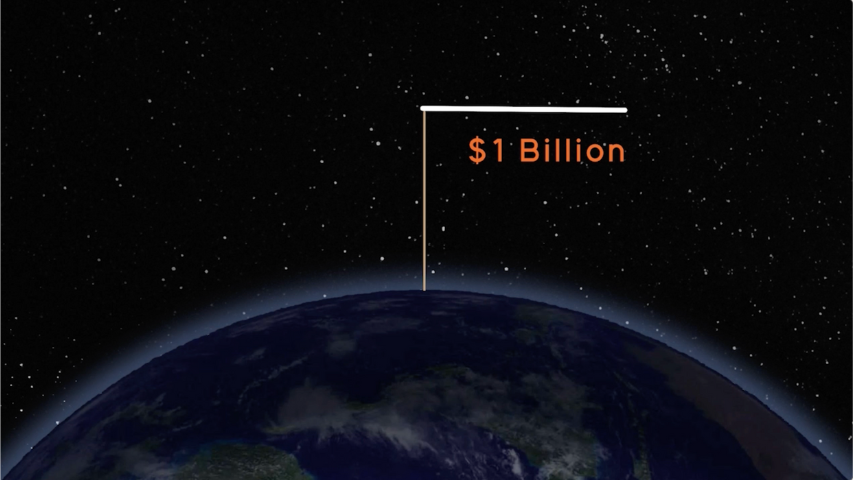Wealth Inequality and Redistribution
Using Art to Envision a Different World and Fight Social Inequality
Wealth inequality in the United States is higher than in any other rich country in the world.
On the one side, immense amounts of wealth, such as the wealth of Elon Musk, are concentrated at the top, on the other side, one in ten U.S. households have no wealth and are actually in debt. CID Founding Faculty Director Fabian Pfeffer and Professor and Associate Dean for Research and Creative Practice at Taubman College of Architecture and Urban Planning Kathy Velikov explore this imbalance in a video—and suggest an approach to help level the wealth playing field.
“Is there such a thing as too much wealth? What if we decided there was?” says Pfeffer, director of the Stone Center for Inequality Dynamics, in the video. “Let’s imagine we were to redistribute the wealth above the billion-dollar line, arguing that anybody who has attained such an astronomical level of wealth has not done so strictly on their own but has relied on other workers and governmental policies to amass this wealth.”
In this exercise, Pfeffer says, creating a “wealth floor”—a minimum level of economic well-being—redistributed from above the billion dollar line could lift the bottom third of U.S. households out of poverty. More than 50 million households in the U.S. would increase their wealth, and the least wealthy households would have about $55,000 dollars.
Resources
“The separation between the wealthiest people in the U.S. and the rest of the country has become so extreme that it is difficult to even imagine it,” said Pfeffer, an associate professor of sociology and associate research professor at the Institute for Social Research. So, how could one more easily wrap one’s head around the depth of this chasm?
A project team led by Pfeffer and Velikov, drew on both social scientific and artistic work to visualize radical inequalities and communicate them in accessible and vivid ways.
With support from the U-M Arts Initiative and using narrative visualization tools of the arts, the team created two videos that not only describe and diagnose pressing issues of social inequality but also provide provocative statements to inform debates around possible solutions. Each video offers alternative and bold egalitarian proposals to redesign our social institutions in order to create more equality in wealth and housing. The first video on wealth inequality is available below, the video on housing is available on YouTube.
“This first video aims to help viewers get an intuitive understanding of how extreme wealth inequality in the U.S. really is,” Pfeffer said. “But then it goes beyond providing a view of what is and makes a provocative suggestion of what could be.”
Explore the radical inequality of wealth and a “real utopian” solution: https://youtu.be/PAHYCiiXQlQ.


“One of the tasks that we set ourselves for this video was to envision a different kind of world that doesn’t exist. That’s what the arts do and, I believe, increasingly also what we as social scientists are asked to do.”
Explore the “real utopian” solutions for and Housing Inequality https://youtu.be/8iOEp3wf640
and Wealth Inequality https://youtu.be/PAHYCiiXQlQ.
About the Wealth Inequality and Redistribution Project

CID Team Members
Fabian Pfeffer
Asher Dvir-Djerassi
Jasmine Simington
Melissa Bora
Nicole Bonomini
Taubman College Collaborators
Kathy Velikov
Tesas Broek
Haiyu Zhang
Tori Smith
Madison Wong
Alan Escarino
Jonathan Levitske
Sofia Hiltner